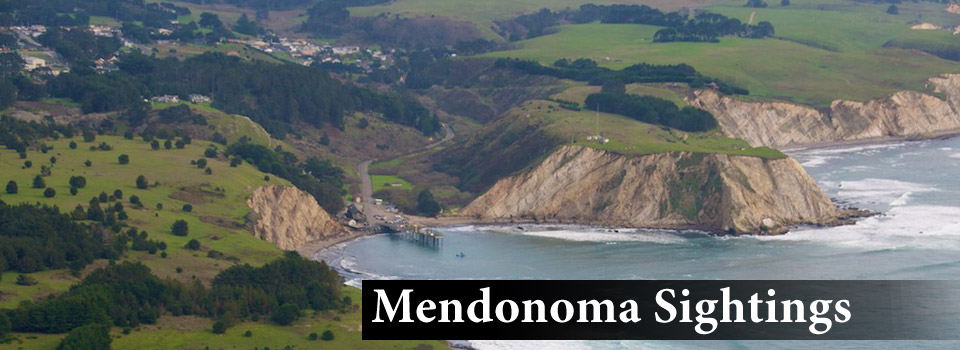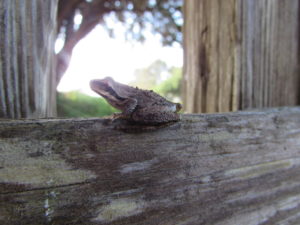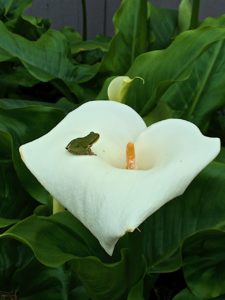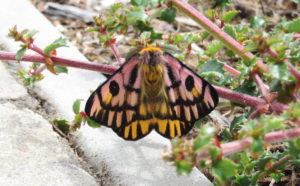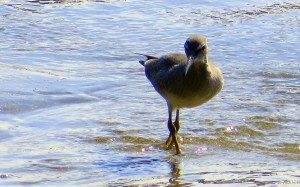Jan McCormick recently photographed two beautiful newborn Fawns with their mother, the essence of cuteness. With the newborn Fawns, this is the time of year to drive slowly, as Fawns follow their mothers when crossing a road, especially Highway 1.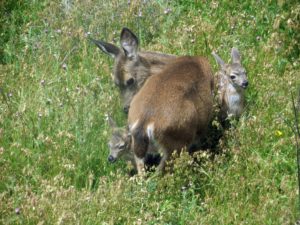 And Craig Tooley spotted this healthy-looking Buck in velvet.
And Craig Tooley spotted this healthy-looking Buck in velvet.
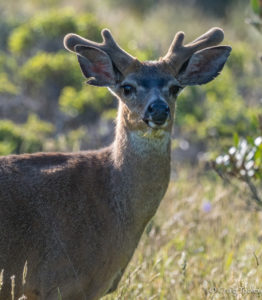 Velvet is a membrane that nourishes the growth of the bones that make up the antler. With all the rains we had, there will be plenty of food for the Black-tailed Deer that also call the Mendonoma coast their home.
Velvet is a membrane that nourishes the growth of the bones that make up the antler. With all the rains we had, there will be plenty of food for the Black-tailed Deer that also call the Mendonoma coast their home.
Thanks to Jan and Craig for allowing me to share their photos with you here. To see much more of Craig's nature photography, here is his website: www.ruffimage.com
